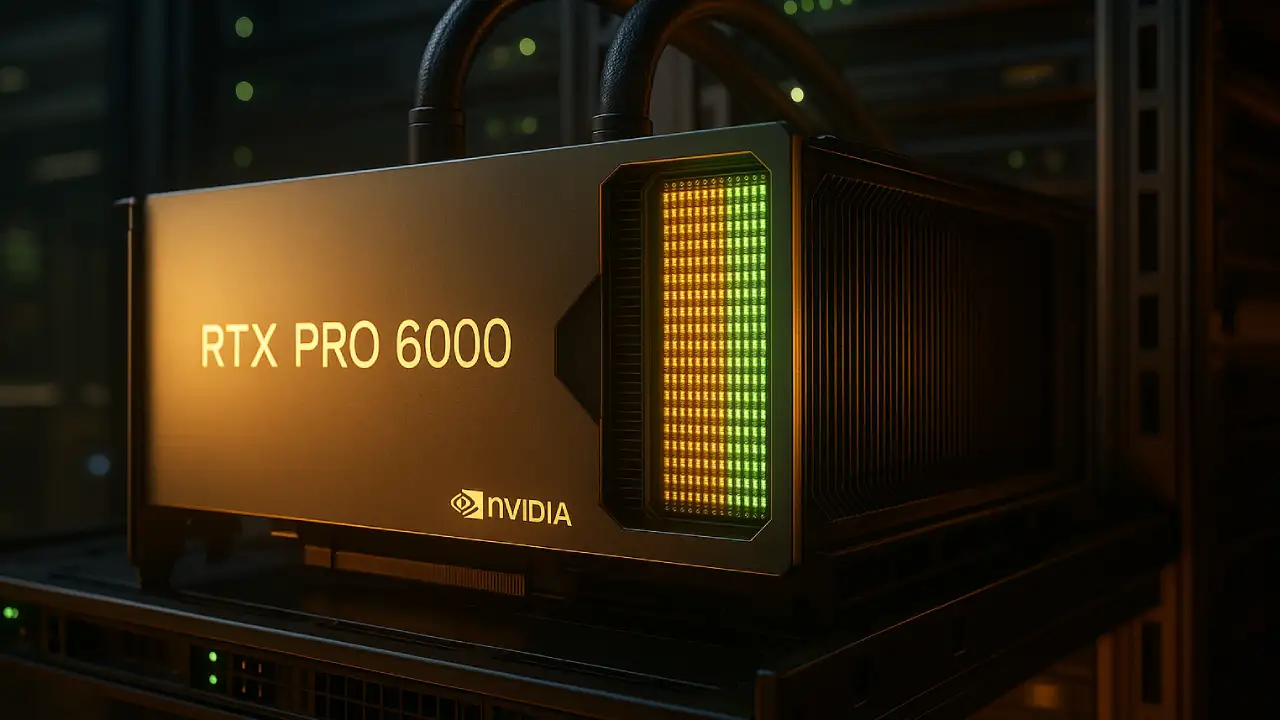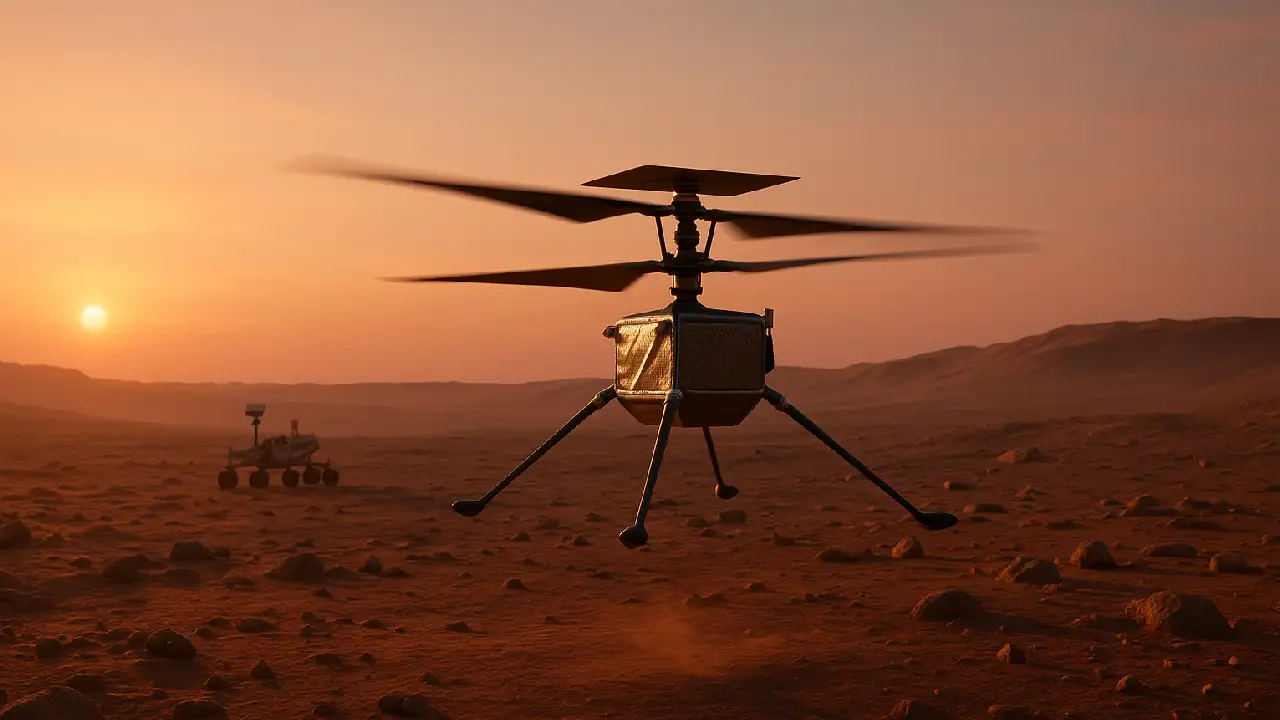India’s frontline air superiority fighter, the Su-30MKI, is poised for a major transformation under a multi-billion-dollar modernization initiative. With the backbone of the Indian Air Force (IAF) comprising over 260 of these twin-seater jets, the focus is now on improving their powerplant, the Su-30MKI engine as part of the ambitious “Super Sukhoi” upgrade program.
Why the Su-30MKI Needs an Upgrade
The Su-30MKI aircraft is a vital component of India’s air defense. However, its current AL-31FP engine, while reliable, has limitations in thrust, fuel efficiency, and service life when compared to newer global alternatives. These engines, built by HAL in India under license, currently offer
- Thrust: 12,500 kgf
- Service Life: 2,000 hours
- MTBO (Mean Time Between Overhaul): 1,000 hours
- Thrust Vectoring Capability: ±15° for better maneuverability
Despite a 2024 order for 240 additional AL-31FP engines (worth over $3.1 billion), India is strategically evaluating more advanced options to extend the fleet’s relevance through 2060.
Enter the Product 117S (Izdeliye 177S) Engine
Russia’s United Engine Corporation (UEC) has proposed a powerful new engine Product 117S (also known as AL-41F-1S) originally designed for the Su-35 and now being considered for the Su-30 upgrade. This engine was prominently showcased at Aero India 2025.
Key Performance Upgrades with 117S:
| Feature | AL-31FP Engine | Product 117S (AL-41F-1S) |
|---|---|---|
| Max Thrust | 12,500 kgf | 14,500 kgf |
| Thrust-to-Weight Ratio | 8.2:1 | 9.5:1 |
| Service Life | 2,000 hours | 6,000 hours |
| MTBO | 1,000 hours | 1,000–1,500 hours |
| Fuel Efficiency | Standard | Improved |
| Stealth Capability | No | Yes (via TVC coatings) |
| Airframe Modifications Needed | Yes (AL-41F) | None (117S) |
This seamless compatibility with the Su-30MKI airframe, due to identical dimensions and weight, offers significant cost and time savings. The 117S engine also includes stealth features, greater endurance, and reduced maintenance costs — making it a compelling upgrade choice.
India’s Conditions for Acceptance
While the 117S engine promises impressive gains, India has outlined strict conditions under its strategic ‘Aatmanirbhar Bharat’ (self-reliant India) policy:
Key Requirements from India:
- 80% Technology Transfer (ToT) – Much higher than the 60% for AL-31FP
- On-Site Testing in India – Conducted with Russian engineering teams
- Integration with HAL’s Infrastructure – To aid future indigenous jet engine programs
These demands not only ensure India’s control over supply chains but also aim to boost domestic expertise for future platforms like the Advanced Medium Combat Aircraft (AMCA).
“Super Sukhoi” Upgrade Program: A Broader Vision
The engine upgrade is part of a wider ₹63,000–₹66,000 crore project to modernize 84 Su-30MKIs into near-fifth-generation fighters.
Other major upgrades included
- Virupaksha AESA radar (indigenous)
- Advanced Mission Computer (developed by DARE)
- AI-powered avionics
- New Electronic Warfare (EW) suite
- Manned-Unmanned Teaming (MUM-T)
- Infrared Search and Track (IRST) system
The goal is to raise indigenous content to 78%, up from the current 63%, and ensure technological parity with emerging global threats.
Timelines and Strategic Impact
- Testing & Development Phase: 2025–2032
- First Upgraded Su-30MKI Delivery: By 2028
- Complete Modernization of 84 Jets: ~15 years
This long-term vision underscores India’s commitment to retaining the Su-30MKI as a core combat platform until at least 2060.
Challenges and Past Considerations
India has considered engine upgrades before. The AL-41F (used in the Su-35) was previously evaluated but discarded due to required airframe changes and limited performance improvements.
Roadblocks:
- High Cost of New Engines
- Delays in Russian Deliveries (e.g., S-400 systems)
- Concerns about Russian reliability amid Ukraine war
- Complexity of integrating new tech into legacy systems
Despite these challenges, the strategic need to enhance Su-30MKI performance, survivability, and lifecycle remains vital.
Final Thoughts
The Indian Air Force’s pursuit of a new Su-30MKI engine — particularly the Product 117S — represents a crucial pivot in its modernization roadmap. As India balances geopolitical risks with its goal of defense self-reliance, the future of the Su-30 upgrade will not just be about more thrust or range — but about building sovereign capability in engine technology, electronics, and next-gen warfare.







